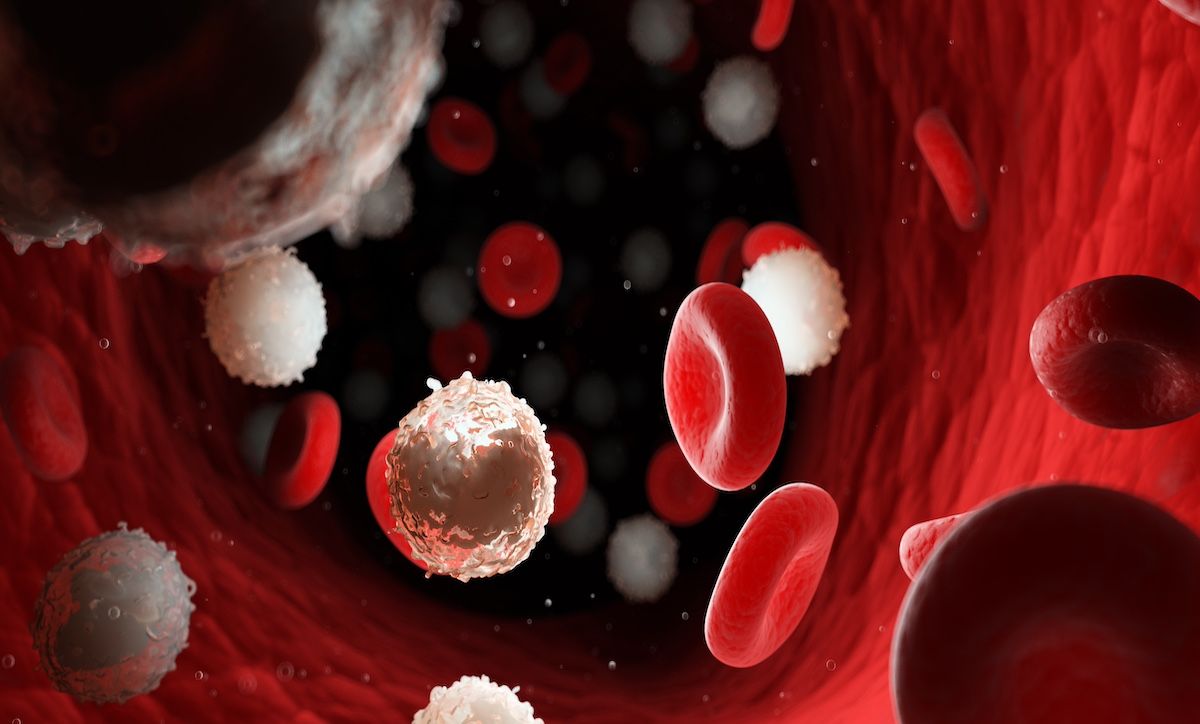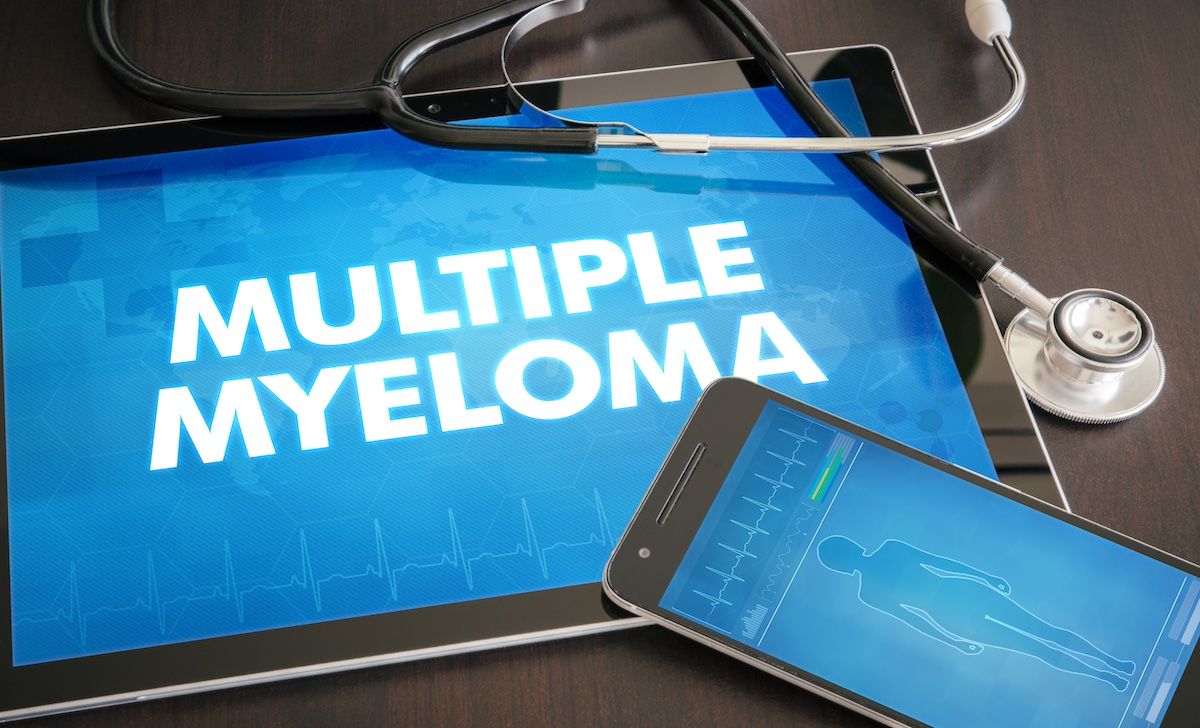News
Article
Understanding Inflammatory Pathways to Address CV Risk in Patients With Autoimmune Disease
Author(s):
A session on the final day of the 2024 Congress of the American Society of Preventive Cardiology explored the connections between autoimmune disease and cardiac events.
Patients with autoimmune diseases, such as lupus or psoriasis, have elevated cardiovascular (CV) risk affected by inflammation—both from traditional risk factors such as smoking or obesity but also from underlying inflammation that affects these systemic disorders.
A diverse panel with expertise in cardiology, immunology, and rheumatology took on this topic, “Inflammatory Pathways to CVD: Exploring New Frontiers in Preventive Cardiology,” during the third day of the 2024 Congress of the American Society of Preventive Cardiology. Chaired by Brittany Weber, MD, PhD, of Harvard University, and Michael Garschick, MD, of NYU Grossman School of Medicine, the panel addressed both underlying science and new tools to evaluate cardiac status of patients with autoimmune disease.
Inflammatory mechanisms. David Patrick, MD, PhD, of Vanderbilt University, first offered an overview of basic inflammatory mechanisms that cause atherosclerosis and plaque formation. Multiple organs and types of cells are involved in inflammation and atherosclerosis, he said, highlighting the basic parts of the innate and adaptive immune systems. It’s the adaptive immune system, which responds more slowly and trains the body to make specific cellular responses, that’s at work in inflammation, Patrick said. “To begin to trace this pathway of inflammation and atherosclerosis, we need to focus on the endothelial cell,” he said.
Patrick traced the process by which endothelial cells become disrupted, the first step of inflammation. With traditional risk factors, such as smoking, the cells shift function and cause immune cells to migrate, further fueling additional endothelial cell activation. He paused to highlight the residual inflammatory risk that exists for some patients even after low-density lipoprotein (LDL) cholesterol is maximally treated, putting these patients at elevated CV risk. The patients in the study he examined showed elevated levels on tests of high-sensitivity C-reactive protein.
“The point of showing you this is that not only are traditional risk factors [causing] endothelial cell activation and migration of immune cells, but that inflammation itself is doing this as well,” he said.
How does this play out in treatment of patients with autoimmune disease? It’s crucial, Patrick said. Although smoking and other risk factors aggravate rheumatoid arthritis (RA), for example, these are not necessary to have disease. “We know this because we treat patients with systemic autoimmune conditions, he said. “So, these are patients who may have traditional risk factors, they may not, but what they do have is an increase in systemic inflammation.”
And it’s this inflammation that puts these patients at higher CV risk. He pointed to a Lancet study from the United Kingdom of 446,000 people with newly diagnosed autoimmune conditions who did not have CVD in the first year of diagnosis.1 Compared to controls, investigators found that over time the risk of CVD was “substantially higher,” Patrick said.
This, he said, “is the frontier” for basic scientists in cardiology. “There's substantial evidence that numerous cell types and numerous inflammatory mediators can drive endothelial cell dysfunction and endothelial cell activation and progression of atherosclerosis.”
Use of imaging. Weber followed with a discussion of using biomarkers in imaging alongside new metrics to gain a better picture of the CV status of patients with autoimmune disease.
FDA’s approval of colchicine, an oral anti-inflammatory, for patients with ASCVD gives clinicians a new tool, Weber said. But for those who treat patients with autoimmune disease, the general population cardiovascular risk guidelines leave gaps, which imaging can help fill.
Weber especially touted the usefulness of the Perfusion PET Scan, a non-invasive tool she said provided multiple data points including a calcium score and myocardial blood flow. The coronary flow reserve helps define microvascular dysfunction. In recent years, she said, “we’re really trying to understand whether the coronary flow reserve is also relevant in a patient’s systemic inflammatory disease conditions.”
She also highlighted the value of measuring pericoronary adipose tissue, which can offer significant insight into the risk of cardiac events, as well as FAI, or fat attenuation index, a biomarker of coronary inflammation that can track response to anti-inflammatory interventions.
The CV risk to patients with autoimmune disease is underappreciated, Weber said. She presented data from patients with psoriasis, lupus, and RA that showed the prognostic value of coronary flow reserve—patients with low values had worse outcomes. Additional data show a sharply higher risk of an ASCVD event among patients with autoimmune disease, with the elevated risk even higher among those under age 50—even if their calcium score is zero.
“I really do believe that advanced cardiovascular imaging modalities can enable better stratification, and hopefully this can lead to implementation of prevention therapies and improvements,” she said.
What about immunomodulators? Jon Giles, MD, MPH, a rheumatologist from Cedars-Sinai Los Angeles, California, examined whether anti-inflammatory properties of current therapies used to treat patients with RA offer any cardioprotective benefit. Thus far, while there are signs that methotrexate can reduce events in the RA population, the evidence overall on standard therapies is “very circumstantial,” he said.
Giles started by explaining that while smoking and other traditional risk factors account for some of the elevated cardiovascular risk in RA, they don’t come close to accounting for all of the excess risk. And, he said, “It’s not just the burden of atherosclerosis, it’s the quality of those plaques—they are more inflamed and rupture prone.”
Looking at comparison groups across studies becomes problematic, and older studies were typically methotrexate vs no treatment or perhaps prednisone. But in general, he said, methotrexate was associated with a 28% reduction in CV events; tumor necrosis factor (TNF) inhibitors, a 30% reduction, and non-TNF biologics, “about the same.”
Which suggests, Giles said, “that maybe there's not a lot of specificity in what you want to treat patients with if you treat them effectively.”
The current standard of RA care calls for treatment of patients with different therapies until disease activity is reduced to the lowest level. And still, gaps remain with cardiovascular events. Then came the arrival of JAK inhibitors, specifically tofacitinib, which triggered an FDA black warning about serious heart-related events.
There is no clear indication that one RA therapy is preferable, Giles said, and no indications that articular and vascular inflammation are linked. “So, it may come to a point we may need different treatments for different outcomes within a community, one treatment for their joints and one treatment to protect their arteries.”
Putting it into practice. Garschick, whose institution has one of the few cardio-rheumatology programs in the country, outlined why such clinics are necessary. Picking up on the Lancet study Patrick had presented, he noted that not only did patients with autoimmune disease have greater overall CV risk, but that risk increased for every autoimmune condition they had.
He took the audience through numerous case studies, highlighting the importance of getting full patient histories and what considerations were involved. A case of a 69-year-old woman involved the “lipid paradox,” in which she was having an RA flare. After being placed on a IL-6 inhibitor, her total cholesterol actually worsened.
“It seems with an RA agent, higher cardiovascular risk is actually associated with lower total cholesterol and lower LDL. And as you treat these patients, many times the cholesterol rises.”
One remarkable thing the NYU team has uncovered is how little patients know about the relationship between autoimmune disease and cardiovascular risk. They surveyed patients with psoriasis and learned 66% had had never had a professional discuss this, although 84% wanted to know more. Only 64% had received CV screening.
It’s important to recognize that this group of patients is growing and undermanaged, Garschick said. “There’s a lot of new therapies coming down the line specifically targeting IL-6 right now; I think more are coming,” he said. Along with increased patient need, the community of “cardio-rheumatology” is “growing across the country.”
Reference
Conrad N, Verbeke G, Molenberghs G, et al. Autoimmune diseases and cardiovascular risk: a population-based study on 19 autoimmune diseases and 12 cardiovascular diseases in 22 million individuals in the UK. Lancet. 2022;400(10354):733-743. doi: 10.1016/S0140-6736(22)01349-6.
Newsletter
Stay ahead of policy, cost, and value—subscribe to AJMC for expert insights at the intersection of clinical care and health economics.

PROs Affirm Zongertinib’s Combination of Strong Response Rates With Low Toxicity



